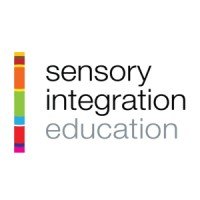Welcome to the course!
In this course we are discussing attachment theory and how to use that theory to build a secure base at school. Additionally, we are disucssing how to smoothly end a match with a child once the time has come.
Why?
Understanding attachment theory is crucial in creating a secure base for children at school. By fostering strong and healthy attachments, we can provide a safe and supportive environment for children to thrive in their educational journey. When it comes to ending interactions with children, it’s essential to do so in a positive and respectful manner. Offering words of encouragement, expressing gratitude for their time, and providing a sense of closure can help children feel valued and respected.
Not only that, but by ending a match smoothly we are modeling key relationship skills for the child.
Ultimately, our goal is to interact with children at all times in a way that is socially-emotionally informed in order for them to benefit the most from our relationship with them!
Sources
The sources for this course are mainly:
-
John Bowlby’s book The Making and Breaking of Affectional Bonds
-
The Secure Base Model for Schools by Professor Gillian Schofield and Dr. Mary Beek
-
Additional resources you’ll find within the course








